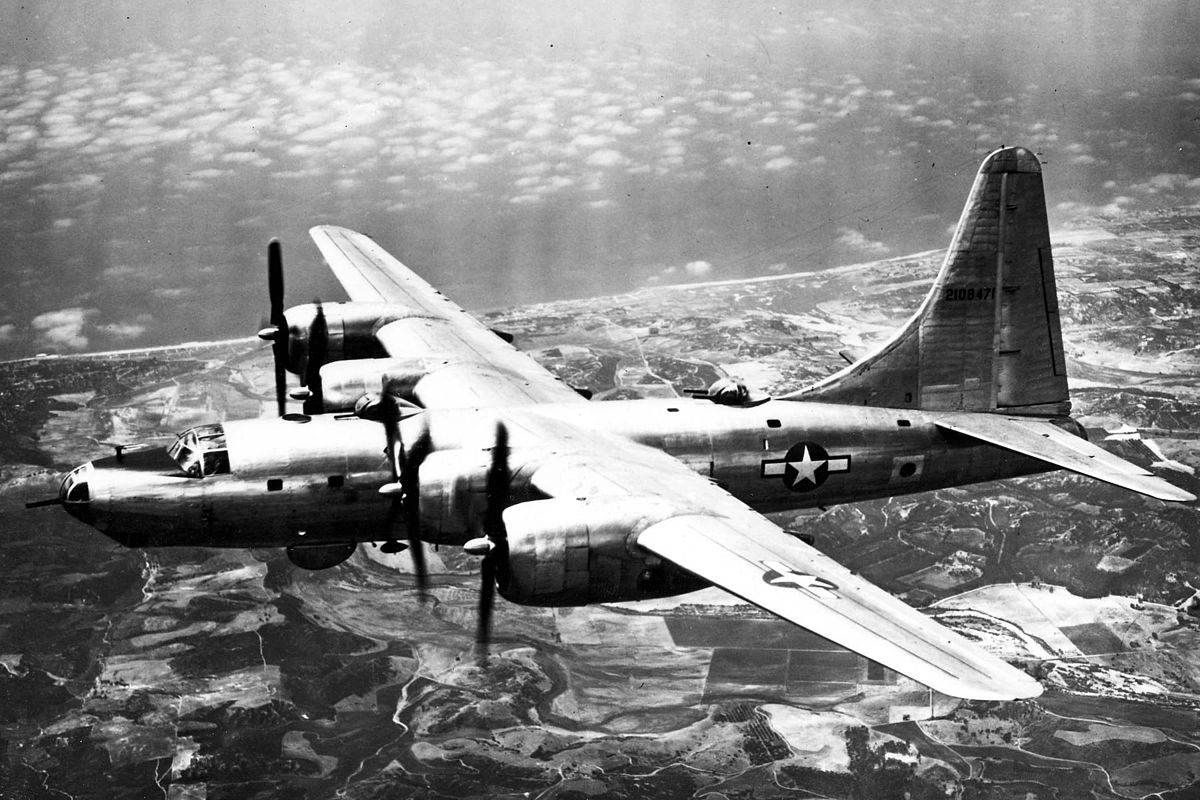varsity07840
Airman 1st Class
- 178
- Jun 25, 2013
Much has been written about engine fires on B-29s powered by the Wright R3350. The B-19 and B-32 used the same engine but I've never seen anything written about engine fires on those aircraft. In particular, the B-32 cowl design was quite similar to that on the B-29. Does anyone have an explanation for that? Is it a case of little documentation, or less of an issue with those two aircraft?

